 |
 |
 |
||
- El-Kab. Rock-cut tombs of Nekheb - The tomb of Pahery "It's like a book, that the ancient Egyptians left us,
in order to instruct us Pahery was the Nomarch of El-Kab and Esna, the two main cities of the III Nome of Upper Egypt during the reign of the XVIII Dynasty. He was also known as the scribe, responsible for the grain from agricultural area from Dendera to El-Kab and as the High Priest of the goddess Nehbet, patroness of Upper Egypt. His tomb is located in the eastern part of the sandstone hill - the main Necropolis of the ancient city of Nekheb (El-Kab) and listed in catalogs under the code number (EK-3).
The tomb of Pahery - is a small chamber of 8.3 m length and 3.8 m width. It's height makes 3.5 m in the central part of the arched ceiling. The original architecture of the tomb was represented by a small platform in front of the entrance with a culptural facade in the wall (now destroyed) and a funerary pit on the floor. The oblong chamber with an arched ceiling was cut inside the rock. The chamber ended in the north wall with a niche-shrine, were three statues vere carved (now partly damaged). The construction of the tomb dates back to the reign of Thutmose III ~ 1500 BC.
In a certain period of history the original floor of the main chamber was removed, as evidenced by the rough remnants of the stone mass at the foot of its walls.
Interest the Necropolis of El-Kab appeared since its discovery by the French expedition of Napoleon in September 20, 1799. Since then, El-Kab and especially the tomb of Pahery started to attract the foreign travelers and Egyptologists.
In 1825, the British Egyptologist James Haliburton made sketches of scenes from the walls of the cell. In 1828 the founder of Egyptology, the French Orientalist Jean-Francois Champollion and his friend and partner Italian Egyptologist Ippolito Rosellini visited El Kab for making their scientific research. Later, the Scottish Egyptologist Robert Hay and the founder of British Egyptology John Gardner Wilkinson have provided archaeological work in El-Kab. During their mission much more detailed drawings of the bas-reliefs of the Pahery tomb were made. The first large-scale excavations were carried out by the German archaeologists Karl Richard Lepsius and Émile Brugsch. The results of Lepsius's expedition of 1843 brought us the detailed interpretation of the most important scenes and inscriptions from the tomb.
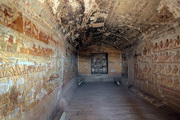 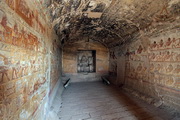 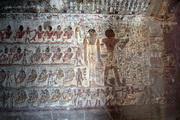  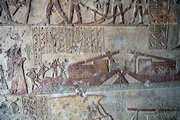 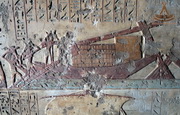 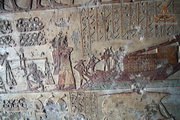 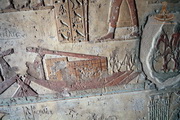 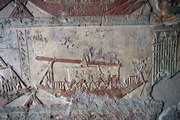 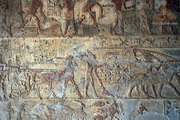 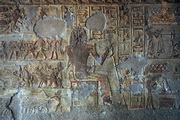  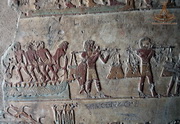 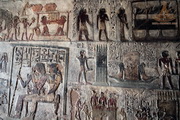 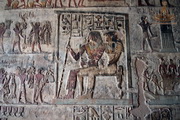 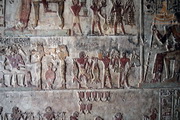  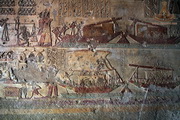  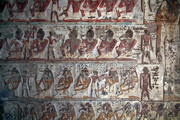 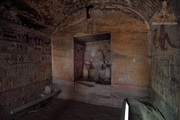  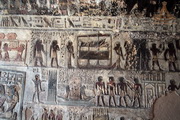 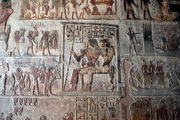 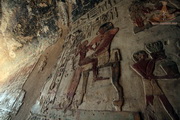 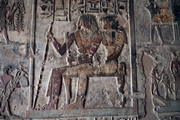 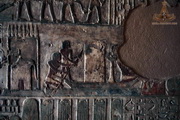 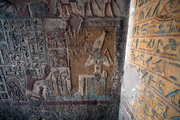 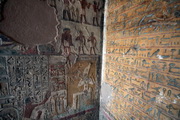 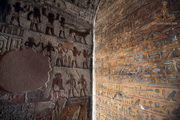 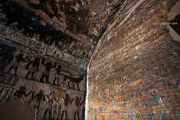 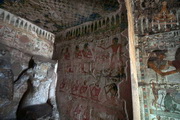 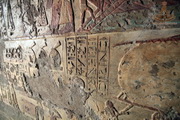  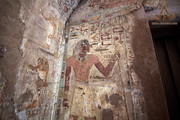 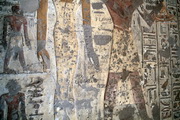 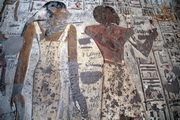 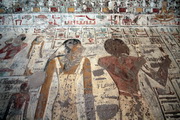 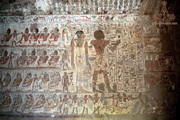 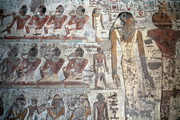 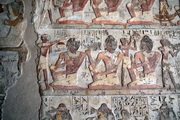 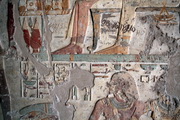 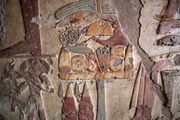 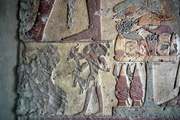 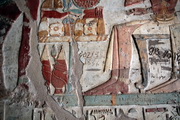  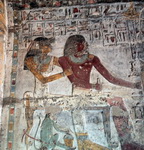 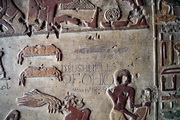 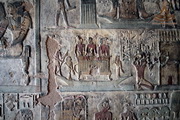  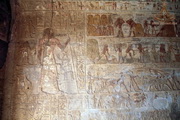 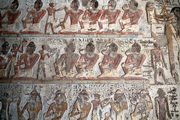
|
||||
 |
 |
 |